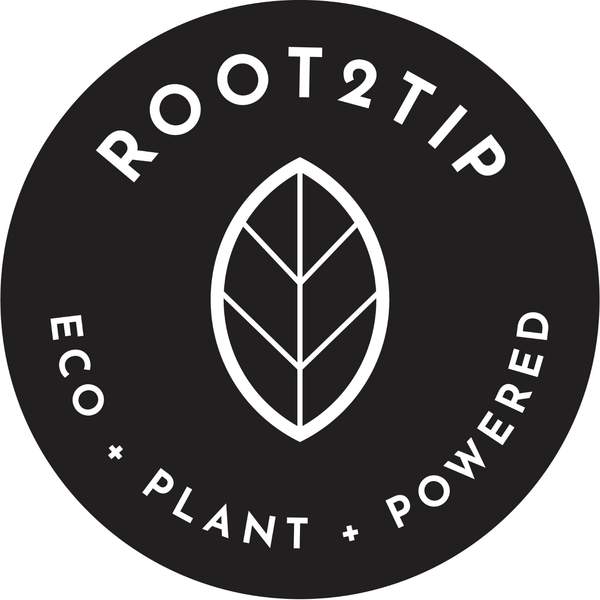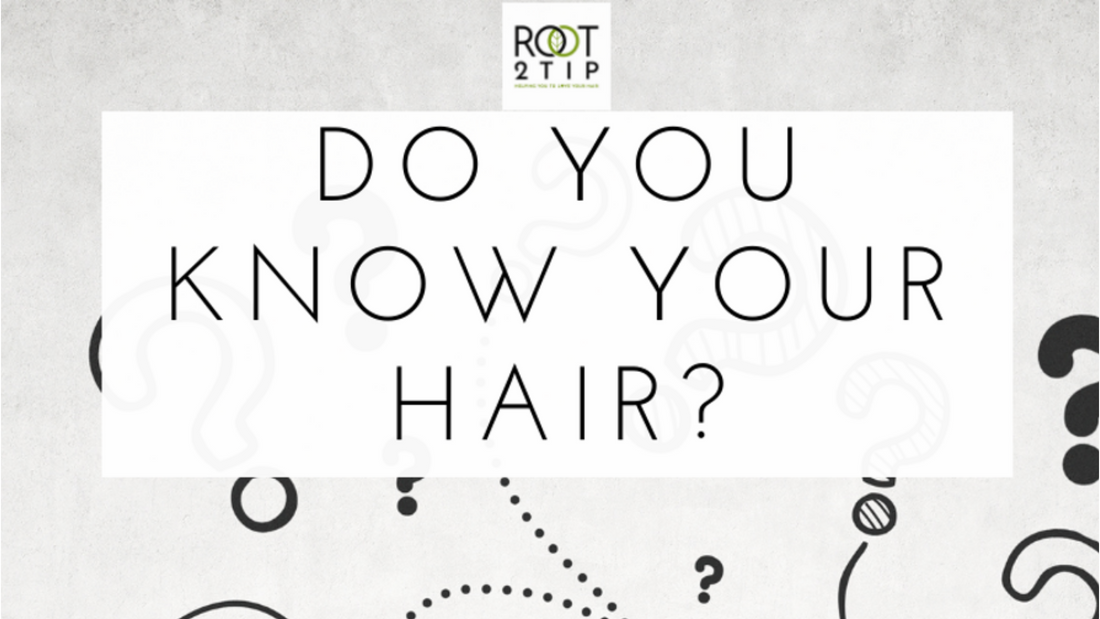With Black hair care being on everyone’s lips, it can sometimes get confusing to fully understand what it is our hair truly needs. YouTube is the biggest resource of natural hair knowledge. We can easily fall into the trap of identifying our hair needs through the lens of our favourite YouTuber, but it's important to understand how to know your own hair and how it works. In this blog, I share 3 things that will help you in establishing your hair's specific needs.
A natural hair YouTuber's hair may look similar to yours. Their routine might look great but, chances are, if you copy them completely, you will be following a routine that is not at all catered to your hair type, texture, density, and scalp needs.
You see, every head of hair is different and needs different things. Just because your hair or curl pattern looks similar to someone else’s does not necessarily mean your hair needs are the same as theirs.

Porosity: How To Know Your Hair
Porosity assesses whether your hair retains moisture for a long, medium or short while, once it has been moisturised.
Low Porosity
If you have low porosity hair, your hair retains moisture very well but it can sometimes be a challenge to introduce moisture into the hair, as the cuticles are very tight and close together. Do not be afraid of a little indirect heat (steamer or hooded dryer) to help open up those cuticles before your next deep conditioning session.
High Porosity
Even though high porosity can be genetic, it is often times induced by heat damage and/or chemical damage. It loosens the cuticles or removes them to the extent that they have a hard time locking in moisture. Low porosity hair also dries almost immediately after it has been washed because the moisture evaporates very quickly. This can be an advantage, especially in hair setting and styling.
Medium Porosity
This is your ideal scenario and what we call the ‘sweet spot’ in black hair care. Medium porosity has the best of both worlds. The cuticles are tight enough to lock in moisture for longer amounts of time but also loose enough to let moisture in adequately. In order to keep your porosity at this ideal level, be very careful with heat and chemical treatments like lifting colour. This can severely damage your cuticles and make your hair high in porosity.
Density: How To Know Your Hair
Knowing if you have fine or thick hair is critical, as both extremes need completely different product types in order to thrive.
For example, using thick butters and creams on thin hair, can over saturate it and make it dull and lifeless as the curls are weighed down which prevents them from bouncing in their natural glory. On the other hand, lightweight products like hair milks are not heavy enough to correctly moisturise thick hair.
Type or Curl pattern
We all know the typing system that divides the hair into Type 1 to Type 4 categories. As much as this system has a lot of controversy around it, knowing your hair type can be helpful when choosing the products you buy. If you have a very tight curl, you might want to add a powerful detangler like our Original Honey Rain Juice Detangler to your regimen. It will help you detangle with ease and limit single-strand knots. If your hair has a looser curl you should try out our Triple M Miracle Moisture Milk which has just the right balance of lightweight products and is a powerful moisturiser.
Knowing your hair is crucial and plays an important part in your hair care regimen. These 3 elements will take your hair journey to the next level.
For more insight on hairducation, watch our documentary:


